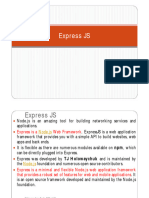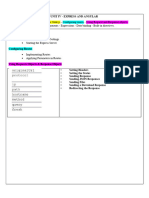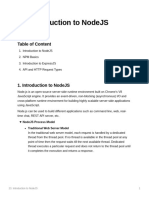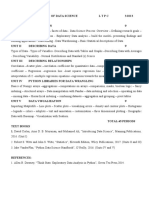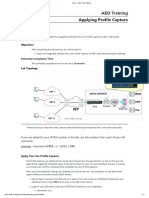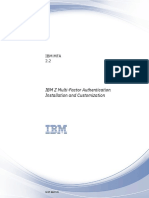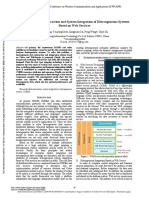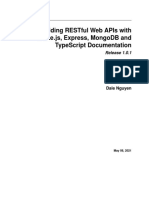0% found this document useful (0 votes)
10 views12 pagesNode - Js Part3
Node.Js Workshop Powerpoint Presentation
Uploaded by
arunasekaranCopyright
© © All Rights Reserved
We take content rights seriously. If you suspect this is your content, claim it here.
Available Formats
Download as PPTX, PDF, TXT or read online on Scribd
0% found this document useful (0 votes)
10 views12 pagesNode - Js Part3
Node.Js Workshop Powerpoint Presentation
Uploaded by
arunasekaranCopyright
© © All Rights Reserved
We take content rights seriously. If you suspect this is your content, claim it here.
Available Formats
Download as PPTX, PDF, TXT or read online on Scribd
/ 12





